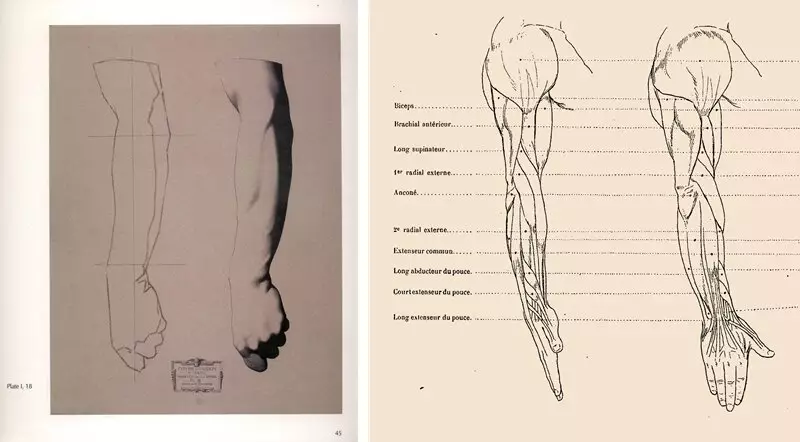In recent years, Artificial Intelligence (AI) has made remarkable progress in creating breathtaking images that are diverse in style, a feat that seemed unlikely a decade ago. AI can now create images using specific artistic styles such as Van Gogh’s unique approach, with an infinite range of variations. This raises an intriguing question of how a series of instructions running on a computer can produce art that rivals human creativity. However, examining the similarities between the evolution of AI and art history may provide some answers.
The history of modern science is characterized by the development of specific models that represent the world. Traditional models are developed using mathematical equations, physics, and logic. On the other hand, modern AI has become increasingly reliant on generic models that can learn complex relationships from vast datasets. Interestingly, the evolution of art mirrors that of AI in many ways.
The Evolution of AI and Art Techniques
For decades, constructed AI models relied upon analytical solutions and equations crafted by human experts. The primary goal of this iteration of AI was to adjust those parameters to explain experimental data. Similarly, artists also used models and adapted them to represent what they observed. Their models came from the careful study of anatomy, color, and shape. For example, during the Renaissance, da Vinci dedicated himself to studying the human form by performing dissections of humans and animals. He constructed a mental model of what a human body should look like, which was then used to create accurate reproductions of characters or imagine allegorical religious paintings.
With advances in computing, new methods emerged, allowing AI to recognize sophisticated patterns in large datasets. In 2012, computer scientists trained a large, deep convolutional neural network to recognize the content of images. This method outperformed existing methods by a wide margin. Since then, increasingly complex models have learned more sophisticated patterns from increasingly large datasets.
Likewise, in the 19th century, artists began painting what they saw, refusing to be constrained by the subject, giving rise to the Impressionism movement. This approach is much akin to a data-driven approach: reproduce the data (observed scene) without trying to use models of the subject matter.
The Duality of Model-Based and Data-Driven Approaches
The evolution of art is reflected even today in how drawing is taught. One approach is drawing only what one sees, without reference to any model. This is deceptively challenging. Another approach involves studying anatomy, basic shapes, and how light interacts with forms, so one can draw a model using the scene merely as a reference and not as something to reproduce accurately. Over time, artists blend these techniques, with others, to develop their personal approaches. However, the duality between model-based and data-driven approaches remains clear and ever-present.
As methods have mixed in the modern art world, many scientists have pushed for a mixed approach to AI that infuses data-driven models with symbols and physics. The aim is to strike a balance between the interpretability of symbolic AI and the scalability and power of data-driven methods. By combining these techniques, researchers hope to create more robust and adaptable AI systems that can manage complex and diverse real-world problems.
Generative AI methods have been developed to assemble patterns in new ways to create never before seen images. The selection and ways these patterns combine are informed by prompts. These can range from human-defined text prompts, rough sketches, and sound to even the motion of a crowd, as in the case of Refik Anadol’s Unsupervised. The AI-driven digital display constantly creates a new picture depending on the location of the viewers.
While generative AI art is undoubtedly impressive, it poses numerous challenges. These include copyright ownership, deep fake images and videos, and AI-generated pieces swamping art websites with an infinite supply of new works. Moreover, this technology raises deeper questions about the nature of creativity and human experience.
As we witness a world increasingly dominated by AI-generated art, we must wonder whether anything new can ever be created again or whether what we consider as new art is merely an unlikely and interesting random fluctuation that happens to resonate with us. After all, what humans generate is often a complex collection of experiences and existing pieces assembled in new and innovative ways.
The ability of AI to create art that rivals human creativity remains a subject of debate. However, the evolution of AI and art share remarkable similarities.



Leave a Reply